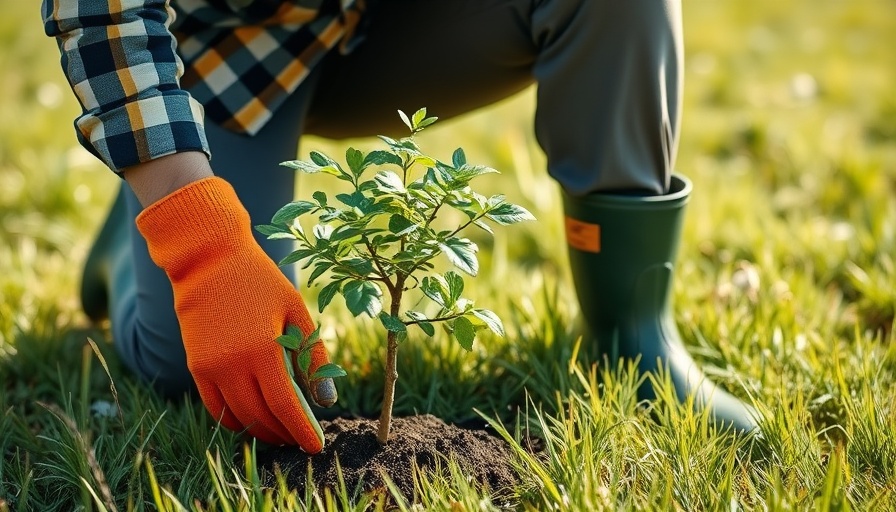
Transform Your Yard: The Power of Smart Landscaping
Smart landscaping is not just about enhancing your property’s curb appeal; it’s a strategic way to reduce energy costs while fostering a more sustainable living environment. By understanding the relationship between nature and home efficiency, homeowners can significantly cut down on energy consumption. Properly placed trees and shrubs can help manage indoor temperatures, leading to reduced reliance on heating and cooling systems, which is a win-win for your wallet and the environment.
Understanding the Impact of Landscaping on Energy Efficiency
The positioning and type of landscape features in your yard can have a profound effect on your home’s energy usage. Factors like sun exposure and the prevailing wind direction must be considered. For instance, strategically planted shade trees can shield your home from the sun's heat during sweltering summer months, while dense evergreens can block biting winter winds, keeping your home warm without cranking up the thermostat. A well-planned landscape can lead to savings of up to 25% on annual energy costs, according to experts.
Strategic Tree Placement: Maximizing Energy Savings
Placement is key when it comes to trees in your yard. Trees on the south and west sides of your home can provide cooling shade during peak daytime hours. Deciduous trees are especially beneficial; they offer shade in the summer and allow sunlight to warm your home when their leaves fall in winter. Moreover, placing evergreens on the north side of your property can prevent cold drafts, which is another effective method of maintaining a comfortable indoor temperature.
Utilizing Ground Cover for Energy Efficiency
It’s not just the trees that help cool your home; shrubs and ground cover plants play important roles too. Dense shrubs act as a buffer against the winter cold, while ground covers like creeping thyme can reduce heat absorption, further assisting in temperature regulation. Plants native to your region are often the best choices, as they are typically more resilient and require less water and maintenance.
Hardscaping: The Unsung Hero of Energy Conservation
Hardscaping elements such as patios and pathways are often overlooked when considering energy efficiency. Using light-colored or porous materials can reflect solar heat, reducing the overall heat that builds up around your home, while features like stone walls can provide insulation against temperature extremes. Additionally, outdoor living spaces designed to promote shade can enhance comfort without necessitating extensive air-conditioning use indoors.
Water Features: Cooling, Calming, and Cost-Effective
Incorporating features like ponds or fountains not only adds aesthetic appeal but also can serve a practical purpose. These elements release moisture, creating a cooling effect in your yard. The small reductions in temperature due to these water features can lessen the strain on your air conditioning unit, promoting a cooler environment even on the hottest days.
Advanced Irrigation Techniques
Effective irrigation systems contribute significantly to reducing water waste, maximizing plant health, and enhancing energy efficiency. Automated systems that adjust watering schedules based on current weather conditions help to ensure optimal moisture levels without unnecessary overuse—conserving both energy and resources.
Conclusion: Take Action Now to Save Energy
With the right strategies, homeowners can create stunning landscapes that not only beautify their properties but also save energy and money. By considering factors such as tree placement, shrubs, and the use of hardscaping, you can significantly reduce your reliance on energy-intensive heating and cooling systems. Don't wait to invest in your future; reach out to a landscaping professional today to explore how you can make intelligent choices that benefit your home and lower your energy costs.
 Add Row
Add Row  Add
Add 




Write A Comment